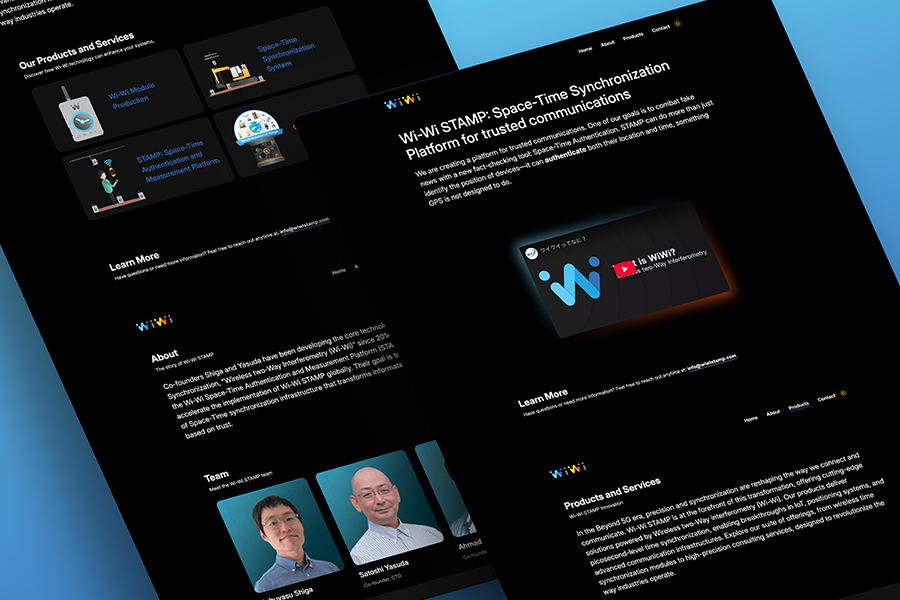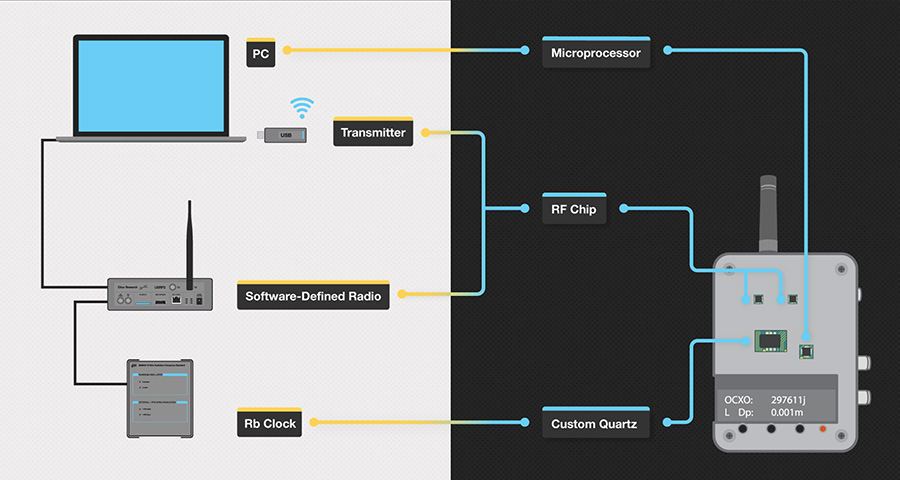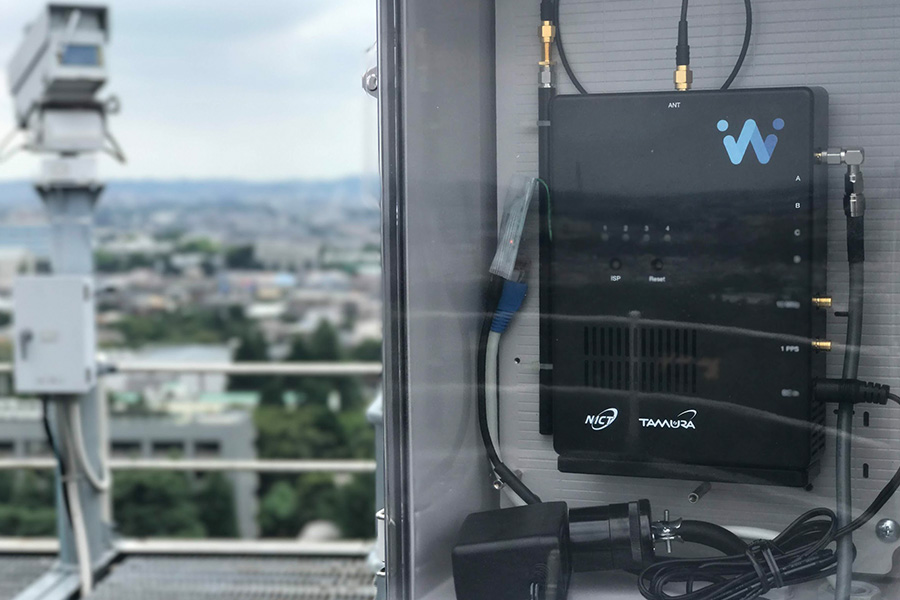
Wi-Wi Stamp
Project Overview
Wi-Wi Stamp is a web platform designed to support trusted communication through a novel approach to fact verification. At its core is a technology called Space-Time Authentication—a method that goes beyond traditional GPS by verifying not just the location of a device, but also the precise time of its activity. This capability makes Wi-Wi Stamp especially powerful for addressing the spread of misinformation, offering a more secure framework for digital truth verification. The project began by extending an open-source foundation developed by CommunityPro. I redesigned and expanded the original codebase into a responsive, multi-page experience with custom illustrations, refined micro-interactions, and updated and fully integrated light/dark mode support. Drawing on branding work I had developed during my time at the Japanese research institute NICT, I implemented the full visual identity for Wi-Wi using pure HTML, CSS, and JavaScript—creating a lightweight, accessible site that communicates clarity and trust.
Roles & Team
- E Devin Vander Meulen II – Front-End Developer & UI/UX Designer
- Nobuyasu Shiga – Co-founder, CEO
- Satoshi Yasuda – Co-founder, CTO
- Ahmad Byagowi – Co-founder, CVO
Evolution of Wi-Wi
The underlying technology behind Wi-Wi Stamp was developed at Japan’s National Institute of Information and Communications Technology (NICT) by a team of researchers focused on creating a new standard for secure, trustworthy communication. Originally, the system required a complex and expensive setup, with hardware costs reaching close to $10,000 USD. Over time, the technology was refined, reduced in size and cost, and adapted into multiple generations of single-device modules. This evolution laid the foundation for the launch of Wi-Wi Stamp as a company, which now aims to license and apply the technology to real-world use cases—one of the most impactful being the authentication of real-world events in time and space, to help combat misinformation.


My relationship with the Wi-Wi team began during my time at NICT, where I developed the original brand identity, logo, and marketing materials for what would eventually become Wi-Wi Stamp. After leaving NICT, I continued supporting the team as a design consultant and front-end developer, and now work with them as a contractor through their new company. I built the Wi-Wi Stamp website using pure HTML, CSS, and JavaScript, bringing their branding to life through clean, responsive design. At one point, I even accompanied the researchers on a climb up a cellular communications tower to install a Wi-Wi module and test its signal back to the NICT lab. That moment captured the spirit of this project: an ambitious research effort becoming a real, usable service—with design playing a key role in how it’s communicated to the world.


